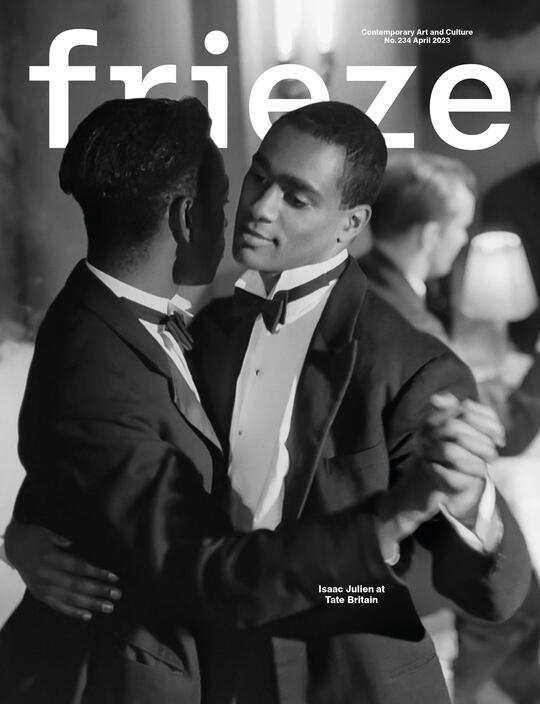Meet The World’s Leading Mazemaker
Adrian Fisher shares the lessons he has learnt from the last four decades of his career
Adrian Fisher shares the lessons he has learnt from the last four decades of his career

I originally thought I’d be building mazes at castles around the UK, but there are already nearly 500 castles and historic houses here, and you don’t want to locate mazes too close together. Then, I realized that the further away I went, the more people were excited by my work. So, I started making mazes overseas as well.
Originally, I worked with a retired diplomat, named Randoll Coate, who was absolutely besotted with creating mazes. I was more focused on functionality and visitor experience, whereas he would devise exquisitely crafted labyrinths that resembled signet rings and other jewellery. Together, we developed mazes that were not just technically brilliant but aesthetically impressive. Nowadays, I also value mazes in terms of their social impact and emotional quotient: they are known to induce a feeling of wellbeing, particularly if you go in with one or more companions. A maze is like a work of public sculpture: you approach it excitedly, looking around you at the reactions of others who also adore it; maybe you take a picture, say that it’s lovely, then walk away, but turn back to have a second look. This is clearly an artistic encounter.

Are mazes works of art? People don’t usually think of them as such but, when you describe them as I have, they begin to seem more like they could be. Mazes are engaging encounters that make people thrilled they did something extraordinary outside of their everyday routine.
I often say to intending owners that neither of us may have a firm idea at the outset of precisely what form their maze will take but, together, we shall discover something we couldn’t have imagined on our own. The patron’s input is crucial: if you simply have a committee making decisions, the true creative experience isn’t there and the maze will likely not ‘sing’ to its fullest capacity. Whereas, if the patron actively shows an interest, they’ll become fully involved in its creative development. One couple in their 70s told me that they had never done something so creative in their lives; they loved not just the result but the act of making the maze.
The other player is the public. When I work with, say, the management of a theme park, we’re creating the maze for an audience other than ourselves, and usually a wide demographic. It’s got to be relevant, fascinating and enticing. It’s got to get adults as well as children involved in the same sharing and discovering process, so they all feel good about each other. When they feel happy and safe, they get far more out of the experience.

It’s like playing a game of chess. I have to plan all my moves in advance. I have to work out how to lose – just before my opponent, the maze user, has had enough. I have to convince them that it’s really tricky, and then give them the opportunity to think they’ll solve it after all. They don’t realize that I’ve actually contrived their vision of the solution. But, by the time they’ve internalized it, it has nothing to do with me at all. They found it all by themselves. I want them to feel clever. I’m an entertainer, helping people feel good about themselves.
If you want to make a maze richer in variety, don’t make it bigger: have rules. Mazes are creative, problem-solving experiences. I am getting you to use your imagination to understand an absurd situation and solve it using a set of rules that you didn’t even know existed two minutes ago. By doing so, I’m getting people to link their scientific and artistic sides.
As an artist, you evolve. In the 1980s, I helped redesign the London bus route map to try to get more people onto buses because there was a congestion problem on the underground trains. The key question was: why aren’t people using buses for short journeys? The underground was hugely successful because its map was so simple: riders would use the tube even if it took longer to travel short distances. But, with the buses, they didn’t know which one to take or where to get on and off. My solution was the Star map, which has evolved into the Spider map used today.
If people took the time to learn what went right and wrong historically with the canals and the railways, then they would have a far better chance of understanding the problems we currently face with modern transport infrastructure. It’s crazy grown adults can’t figure that out! If you don’t look to past mistakes, how on earth can you expect to grasp the different ways in which a new system might fail? If only we could get people to solve problems with which they are unfamiliar, then they could begin to think in creative, out-of-the-box ways.
As told to José Esparza Chong Cuy
This article appeared in frieze issue 234 with the headline ‘Loving Labyrinths’.
Main image: Adrian Fisher, Blenheim Palace Hedge Maze, Oxfordshire, England. Courtesy: Blenheim Palace














